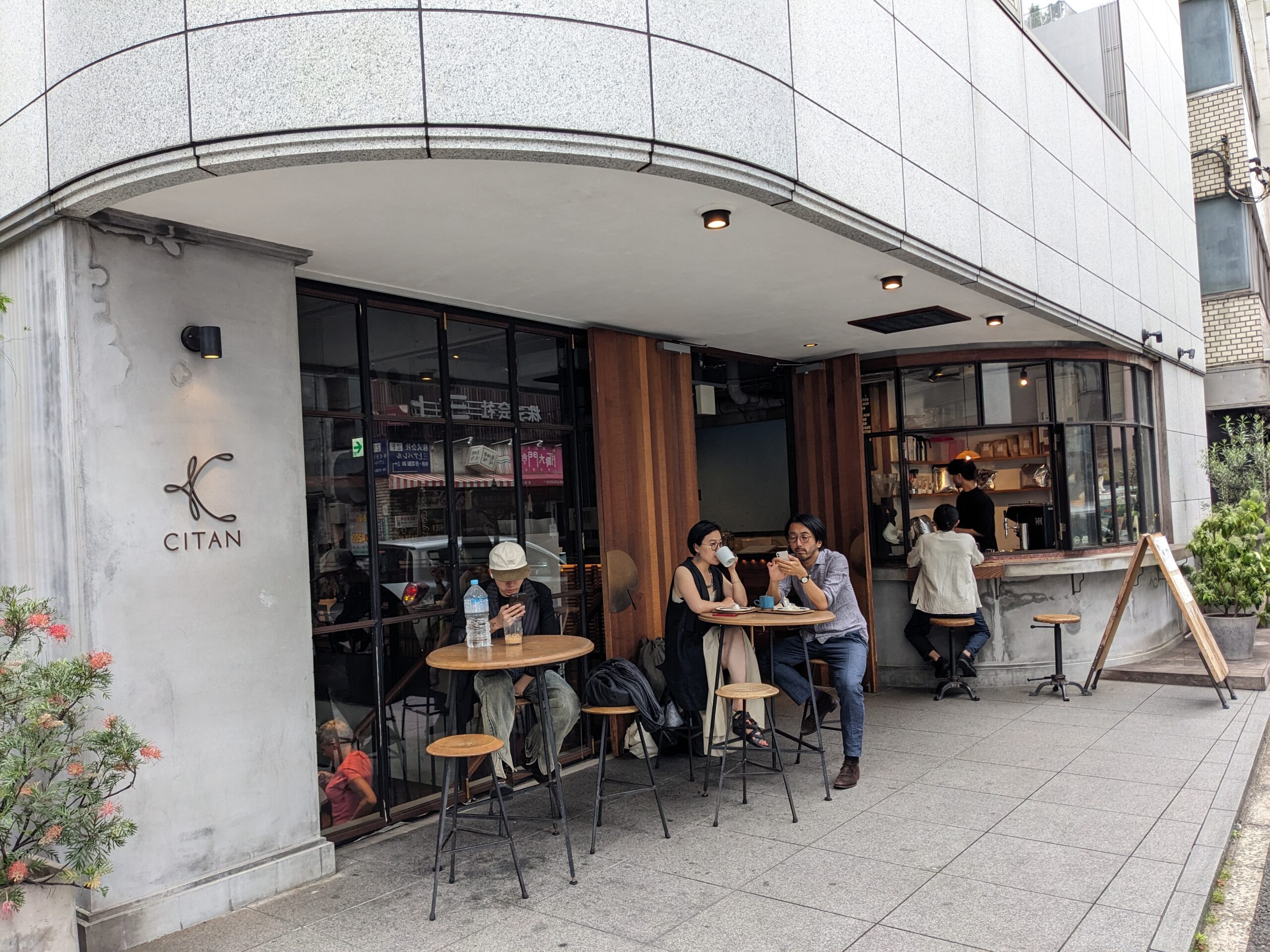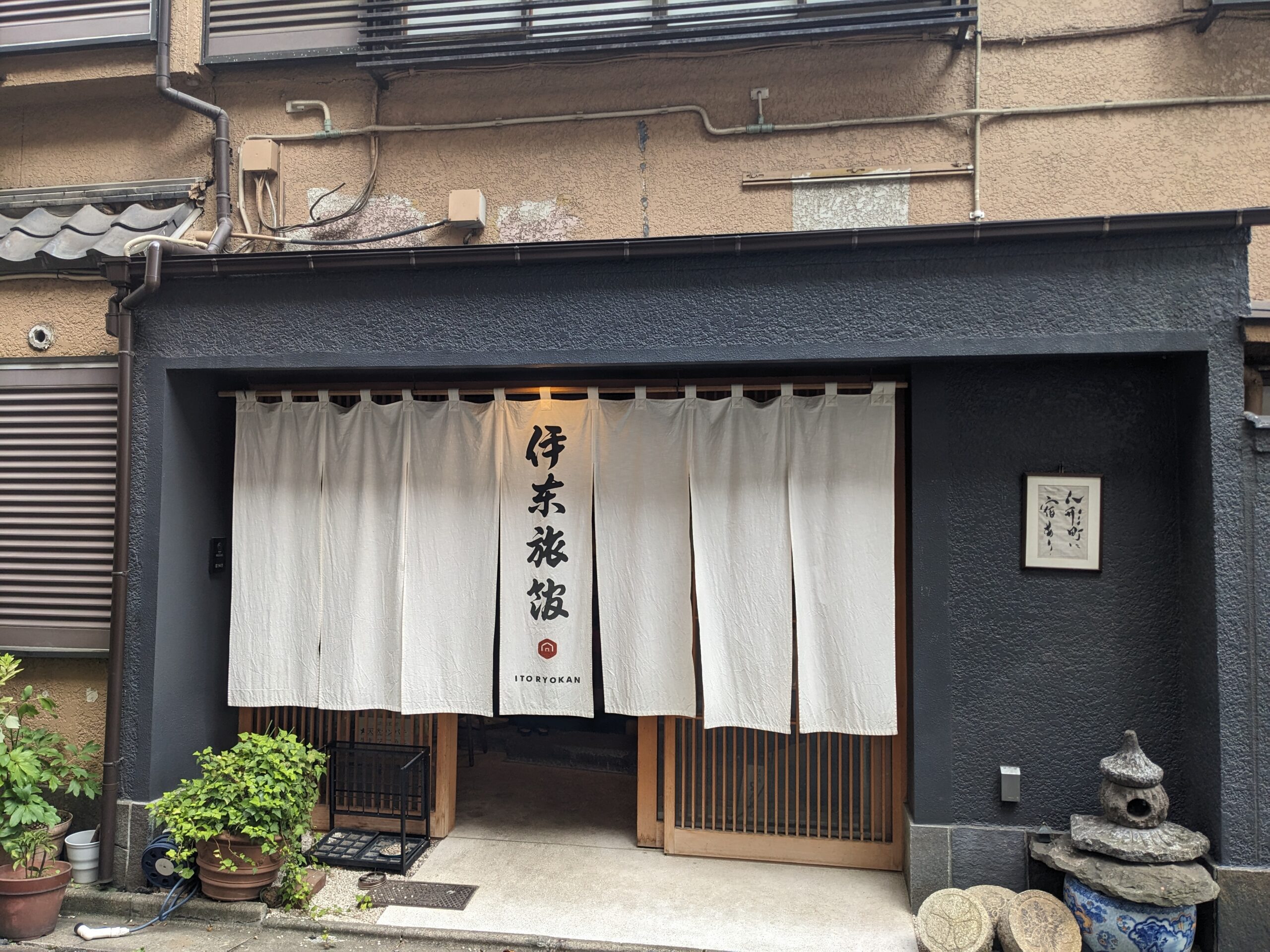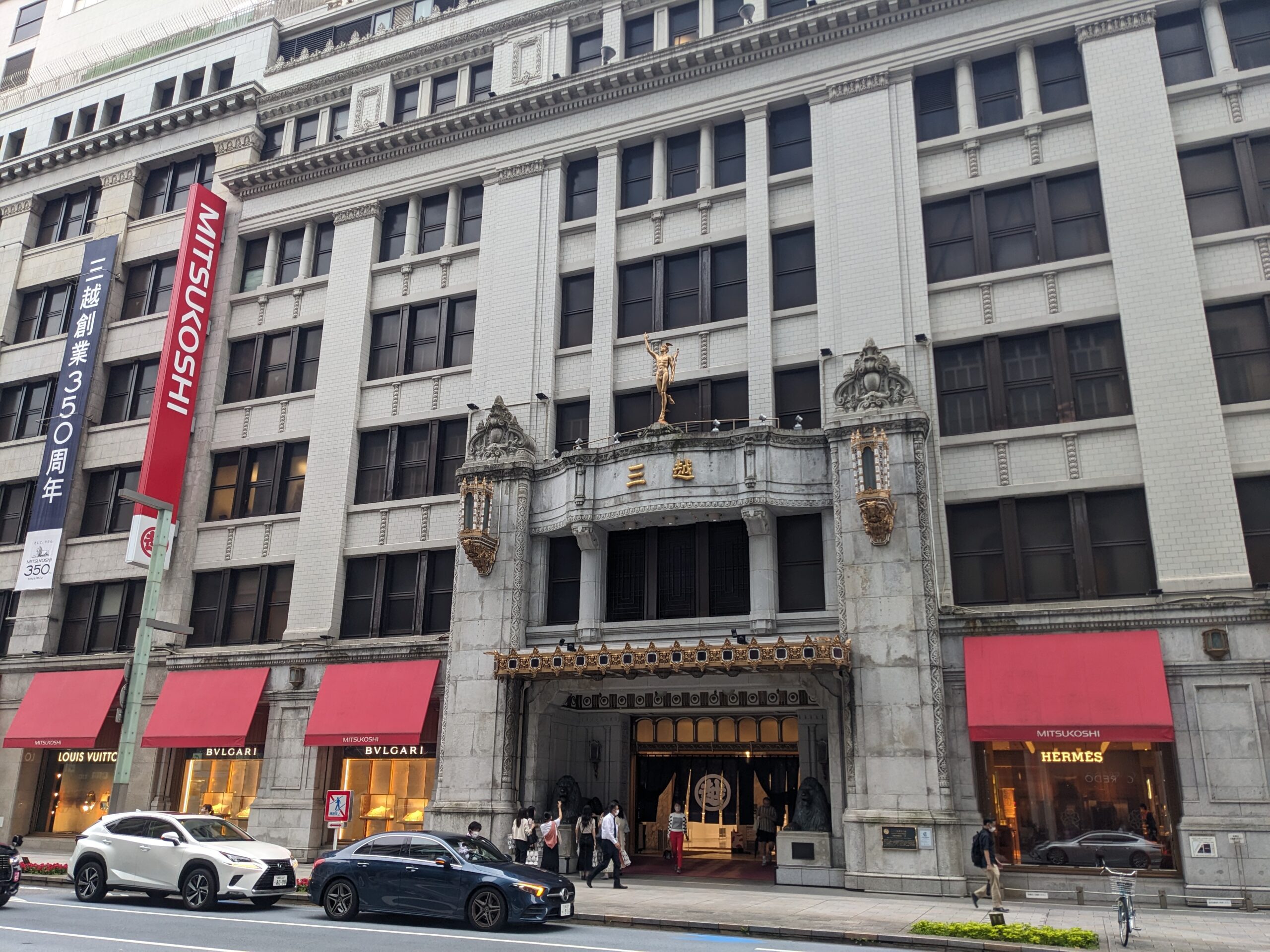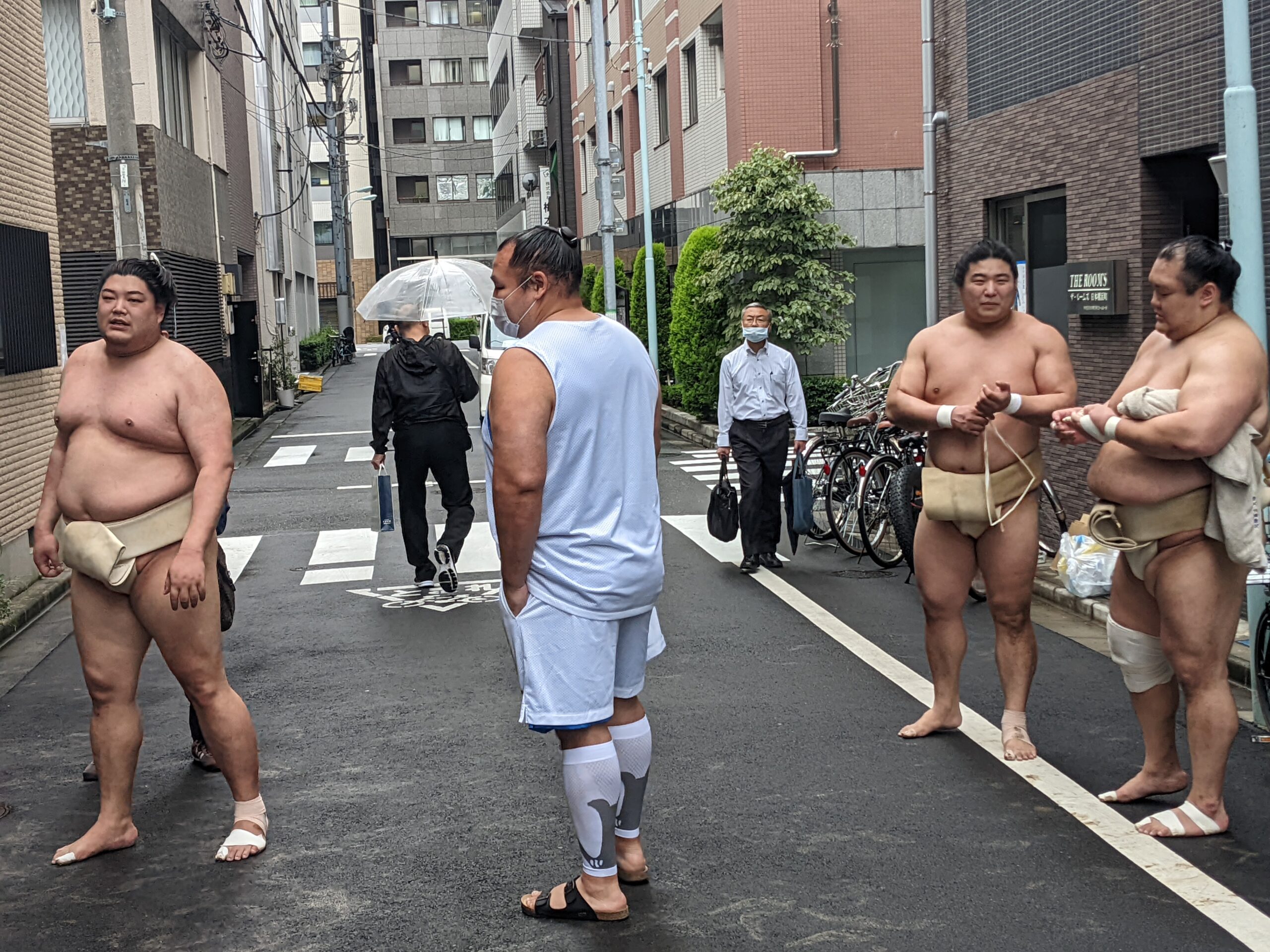Mitsui Fudosan and Why Foreigners Come to Nihonbashi
I was recently asked to give a talk to some employees of Mitsui Fudosan (Mitsui Real Estate) on why foreigners visit the greater Nihonbashi area. Over the past month or so whenever I have spotted foreigners in the area I have introduced myself and explained what I am doing and then asked people a series of questions, starting with where the are from. If they live here I go on to the next person. The questions were pretty simple: Are you staying in the Nihonbashi area? Why did you choose this area? What do you like about this area.
So what did I report to Mitsui Fudosan? Here are the highlights:
Foreign tourists like the area’s accessibility (TCAT and its limo buses to and from Haneda and Narita airports, four subway lines, and a JR train line).
People like the cheap accommodations available, especially Citan (a hostel that is part of Mitsui Fudosan group) and Ito Ryokan. There is also the Royal Park Hotel for business travelers, and the Madarin Oriental Hotel for luxury. There are also too many business hotels to count as well as a few capsule hotels.


The huge number of restaurants is also an attraction, especially for sushi and yakitori. Kiizushi, one of only three “authentic” Edomae sushi shops is popular, as is Ningyōchō Imahan for wagyū shabu shabu, sukiyaki, and steak.


Foreigners also want to drink craft beer, which they can do at Nihonbashi Brewery, Craft Beer Market in COREDO, and at Our Craft brewery in Commissary (a Mitsui Fudosan project) where they can also eat tacos and pizza by the slice.




Visitors from Taiwan like going to Koamijinja, a well-known “power spot” where people wash coins in the hope of making big money.


The basement “depachika” food arcade in Mitsukoshi is popular, while visitors from other Asian countries like the entire store for shopping.
Several people mentioned they prefer staying in greater Nihonbashi over Roppongi, Shibuya and Shinjuku as it is cheaper and quieter.
Finally, Arashio Beya, our local sumo house, draws up to 300 people to watch morning keiko (training) from the street through a large window and afterwards pose for photos with rikishi.


There was more to my talk besides this, including some background information on me as well as some comments about Japanese food culture (shoku-bunka) and what makes Japanese food so attractive to tourists (long story there).
Oh yeah: I had to the presentation all in Japanese.